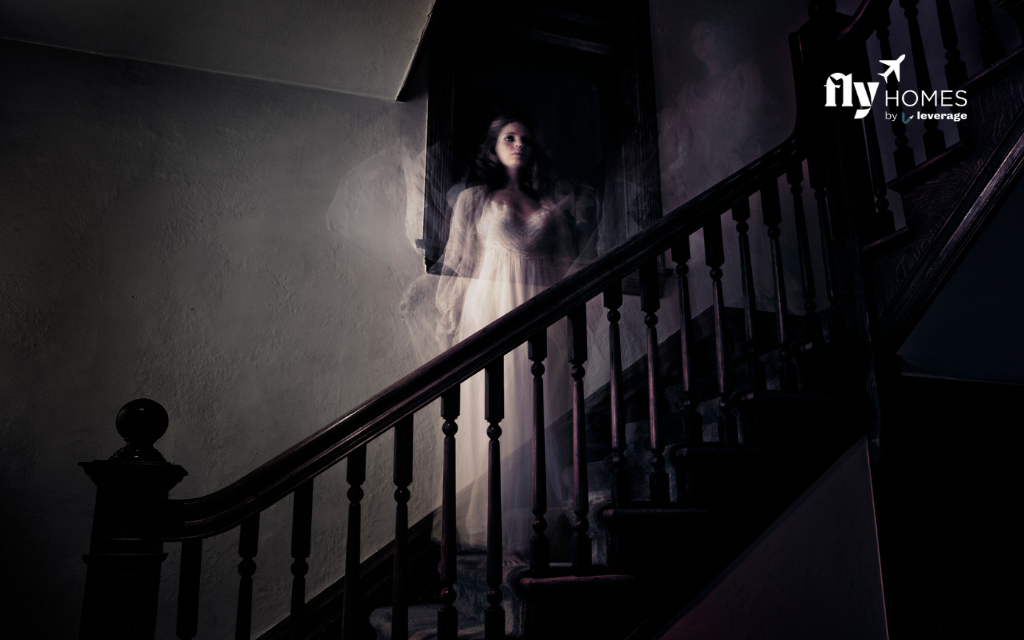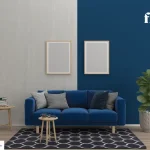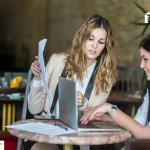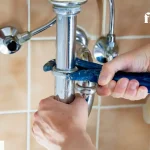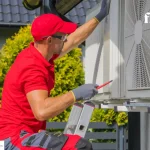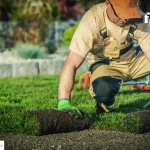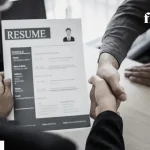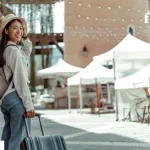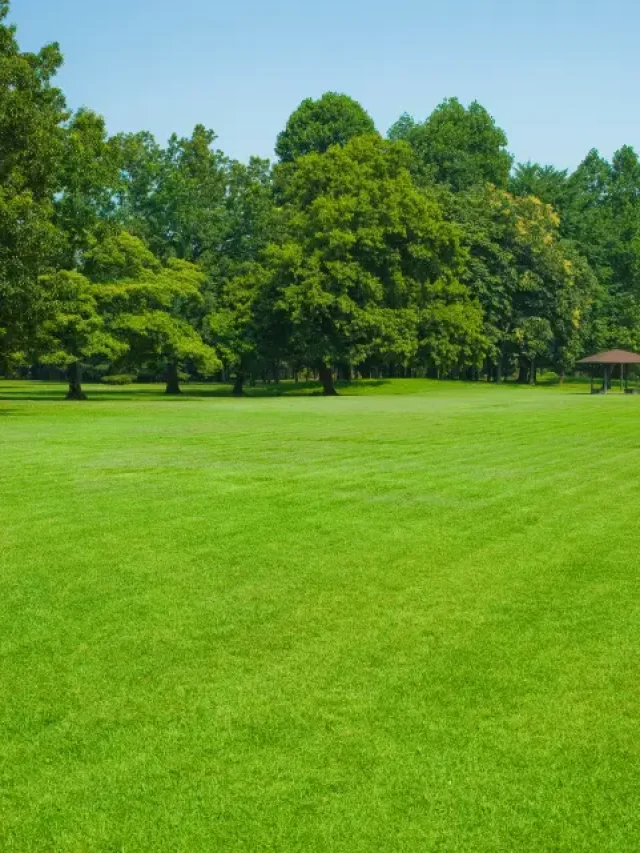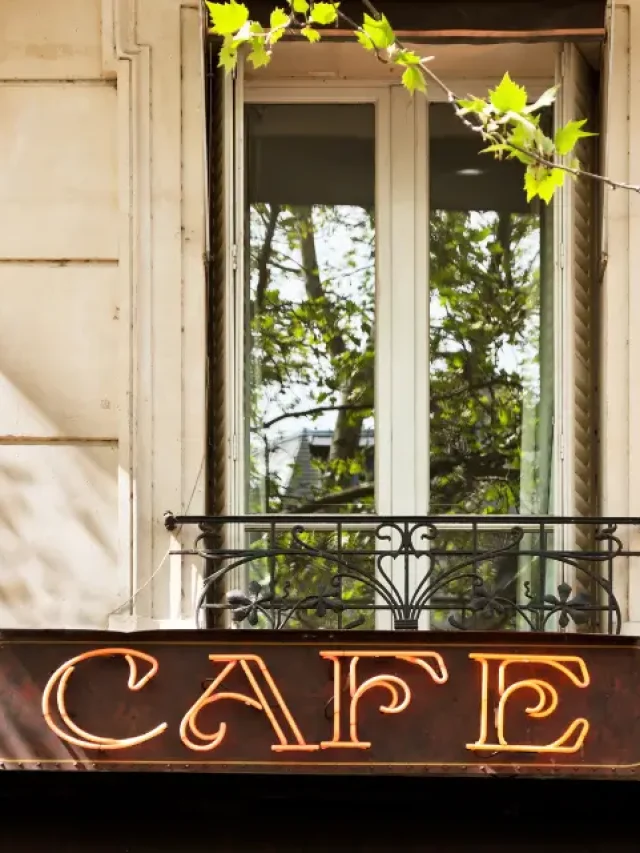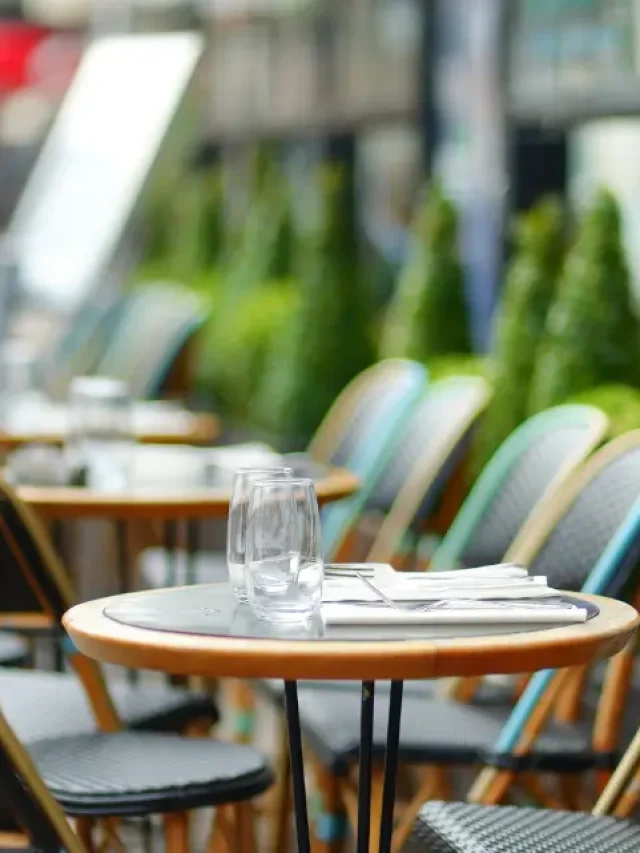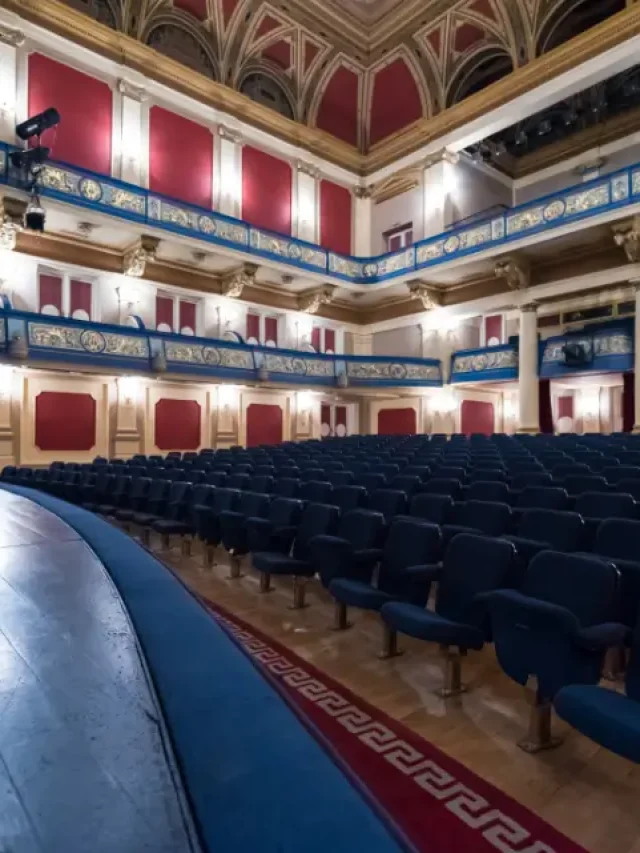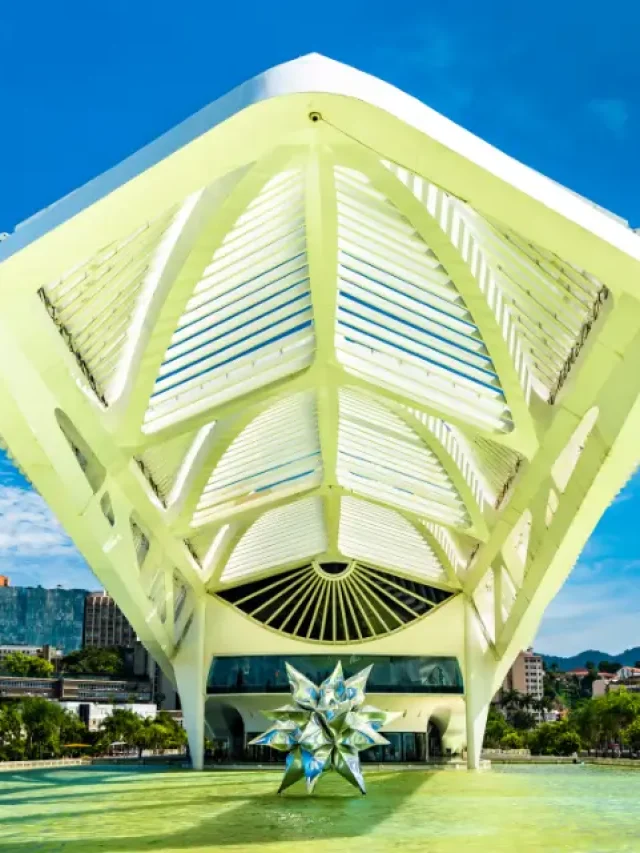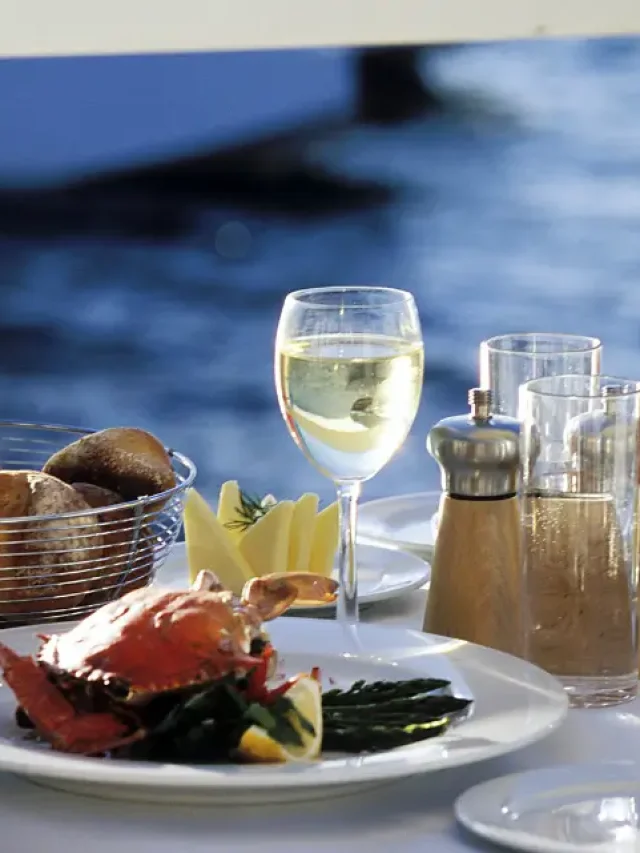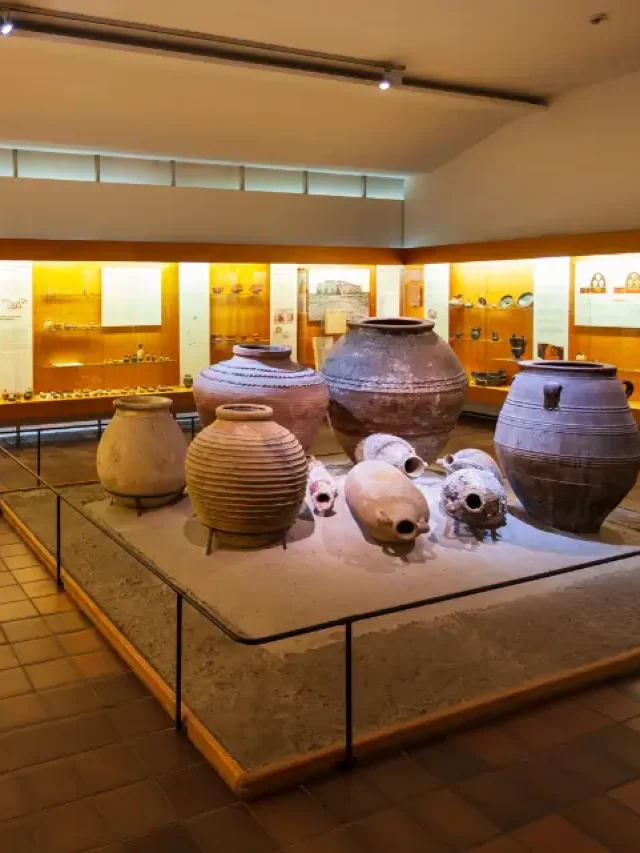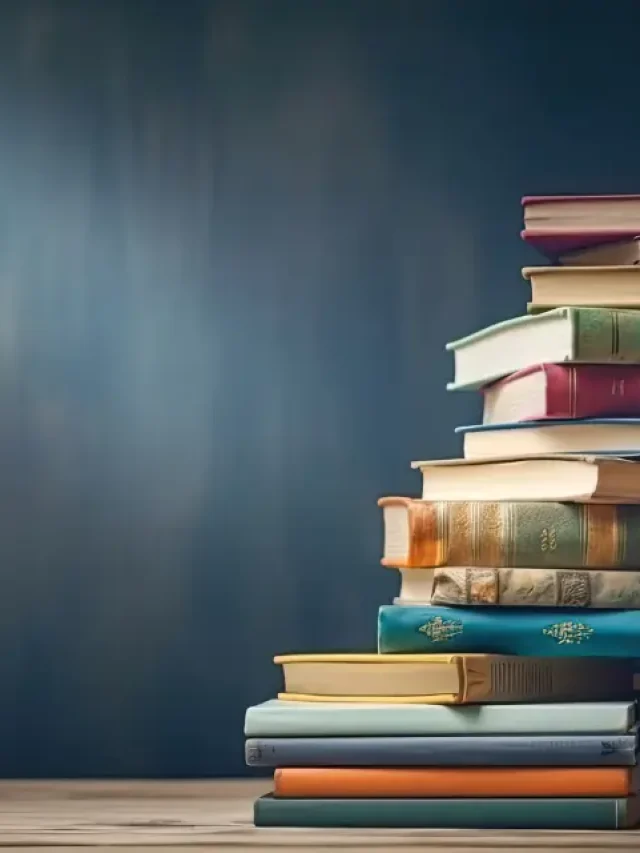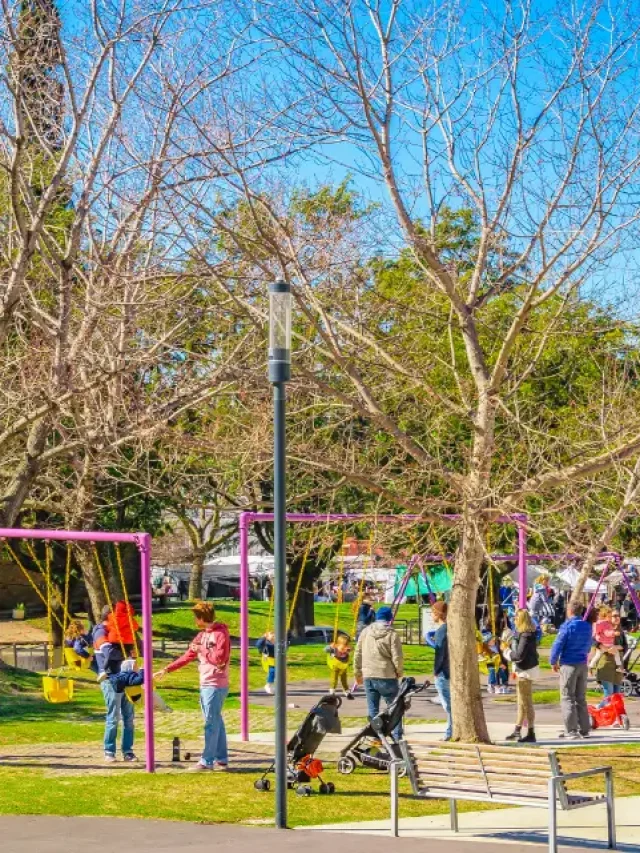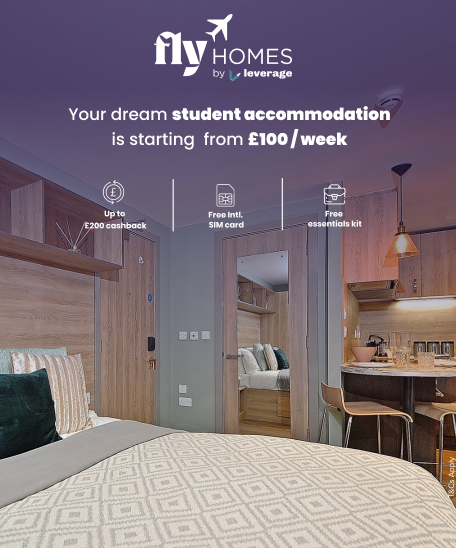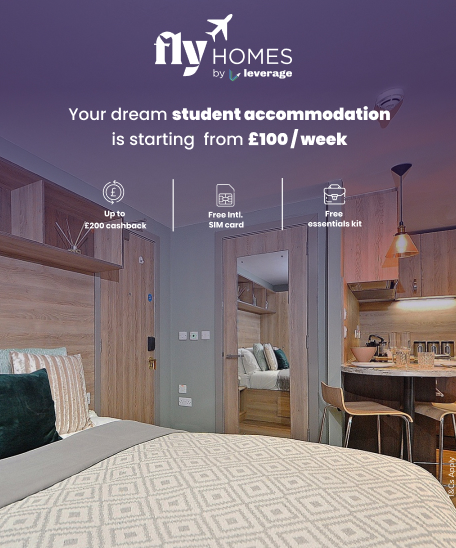The thrill of stepping into a haunted house lies in its ability to transport visitors into a world of terror and suspense. Whether for Halloween, a year-round attraction, or a haunted escape room, creating themed rooms with immersive details enhances the experience. From eerie lighting to spine-chilling sound effects, every element plays a crucial role in crafting fear. In this blog, we’ll explore various haunted house room themes, essential design elements, and scare tactics that will leave visitors terrified.
Table of contents
Choosing the Right Theme
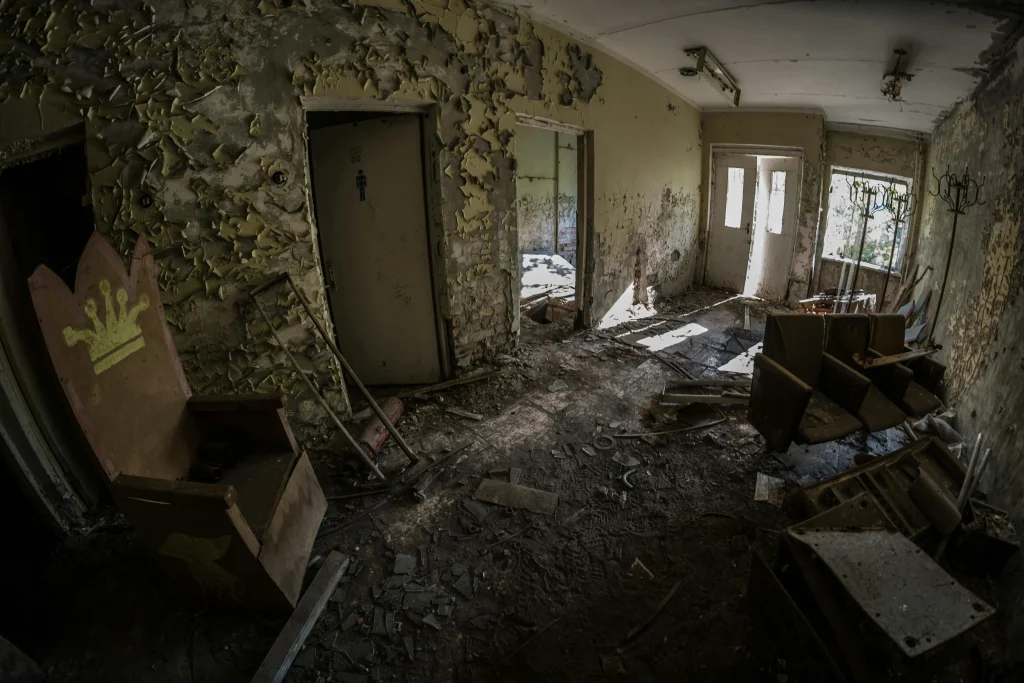
Selecting the right haunted house room theme depends on the kind of horror experience you want to create. Here are some popular themes:
| Theme | Description | Key Features |
| Classic Gothic | Inspired by old Victorian homes, castles and crypts. | Antique furniture, candelabras, eerie paintings, hidden passageways. |
| Paranormal | Ghostly hauntings, poltergeists and possessions. | Flickering lights, floating objects, whispering sounds. |
| Slasher Horror | Inspired by horror movies with masked killers. | Bloodstains, knives, eerie phone calls, chase scenes. |
| Psychological Horror | A mind-bending experience that distorts reality. | Moving walls, eerie reflections, surreal noises. |
| Monster/Infected | Werewolves, zombies, and other monstrous creatures. | Torn clothes, growling sounds, claw marks. |
Each theme offers a unique fear factor, so choose one that aligns with the haunted house’s overall narrative.
Essential Elements of a Haunted Room
Creating a convincing haunted house room requires attention to detail. Here are the critical components:
a) Lighting & Shadows
- Dim & Flickering Lights: These create an eerie, unpredictable atmosphere.
- Red, Blue, or Green Tints: These add psychological effects—red for horror, blue for ghostly effects, and green for a toxic look.
- Candlelight & Lanterns: This gives an old, haunted feel.
- Projected Shadows: Moving shadows of figures or objects intensify suspense.
b) Sound & Music
- Distant Whispers & Murmurs: Unsettling voices make visitors feel watched.
- Random Bangs & Footsteps: This adds an unexpected scare factor.
- Distorted Music: Playing nursery rhymes in slow motion creates a creepy effect.
- Directional Sound Effects: Placing speakers strategically can make voices seem like they’re coming from different corners.
c) Props & Decor
| Prop | Purpose | Placement Tips |
| Cobwebs & Dust | Creates an abandoned look. | Use lenticular portraits that change faces in different angles. |
| Disturbing Paintings | Adds an unsettling presence. | Use lenticular portraits that change faces in different angles. |
| Broken Mirrors | Reflects a fragmented reality. | Place in dimly lit corners for an unsettling effect. |
| Creepy Dolls & Mannequins | Common phobias intensify fear. | Position facing doorways or suddenly appearing behind visitors. |
d) Special Effects
- Fog Machines: Create a ghostly mist.
- Cold Spots: Hidden fans can make certain areas feel unnaturally cold.
- Projection Mapping: Displays ghostly images on mirrors or walls.
- Crawling Creatures: Remote-controlled rats, spiders, or hands add interactive horror.
Also Read:
DIY Haunted Room Ideas
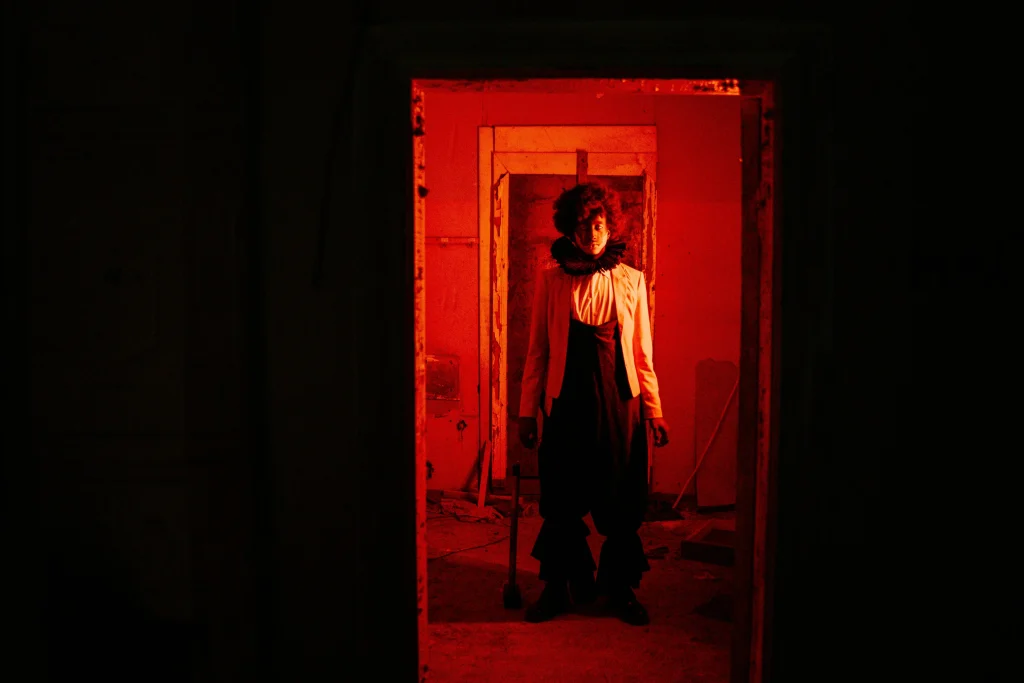
Here are some simple yet terrifying DIY haunted room themes:
| Room Theme | DIY Ideas |
| Ghostly Victorian Parlor | Use old furniture, lace curtains, and ghost projections on mirrors. |
| Mad Scientist’s Lab | Place bubbling potions, beakers, and electrical sparks for a Frankenstein-style room. |
| Abandoned Asylum | Have old hospital beds, wheelchairs, and eerie patient charts with scribbled messages. |
| Creepy Doll Room | Arrange dolls in a semi-circle, add a single rocking chair, and include recorded child laughter. |
| Cursed Library | Stack old books, create floating book illusions, and add whispers of unseen readers. |
Interactive & Scare Tactics
A haunted house room isn’t complete without interactive elements to heighten fear.
- Bookshelf Doors: Disguised passageways leading to another room.
- False Walls: Actors can reach through for unexpected scares.
- Trapdoors: A hidden exit disguised as a part of the decor.
b) Jump Scares & Surprise Effects
| Scare Type | Execution |
| Hidden Actors | Dress as mannequins/statues and suddenly move. |
| Delayed Animatronics | Motion sensors trigger a figure to jump out after guests walk by. |
| Underfoot & Overhead Scares | Hidden air puffs near feet or hanging fake spiders. |
c) Mirror & Reflection Tricks
- Haunted Mirror: A projection of a ghost appearing behind visitors.
- Two-Way Mirrors: An actor can suddenly appear from behind.
- Changing Portraits: Use lighting effects to shift images from normal to terrifying.
d) Timed Sound Effects & Psychological Horror
- Whispering Names: Record visitors’ names and play them back in whispers.
- Gradual Music Build-Up: Start silent and introduce eerie tones before a loud climax.
- Delayed Realization Scares: Messages appear under UV light with sinister warnings.
e) Sensory Tricks & Tactile Horror
| Sensory Effect | Execution |
| Cold Breats on the Neck | Hidden air vents simulate ghostly breathing. |
| Slimy or Sticky Textures | Bowls of peeled grapes (eyeballs), spaghetti (intestines). |
| Hidden Water Drips | Spritzers release mist to mimic ghostly touches. |
Safety Considerations
While horror is the goal, safety is paramount.
- Clear Pathways: Avoid trip hazards in dimly lit areas.
- Fire Safety: Ensure that props and electrical setups comply with safety standards.
- Emergency Exits: Keep exits easily accessible.
- No Over-the-Top Scares: Avoid excessive jump scares that may trigger panic attacks.
Also Read:
Designing a haunted house room theme requires creativity, attention to detail, and an understanding of psychological fear. By combining eerie lighting, immersive sound effects, spine-chilling decor, and interactive scare tactics, you can create a memorable horror experience. Whether you’re setting up a home haunt or a professional attraction, these ideas will help you craft a terrifyingly unforgettable environment.
What haunted house room theme would you love to create? Share your ideas in the comments below!
FAQs
The key elements include eerie lighting, immersive sound effects, thematic props, realistic special effects, and interactive scare tactics to create a spine-chilling experience.
Consider your target audience, available space, and the level of horror you want to achieve. Options include gothic horror, paranormal hauntings, slasher horror, or psychological horror.
Dim lighting, flickering bulbs, red/blue/green tints, candlelight effects, and shadow projections work best for creating an eerie atmosphere.
Use hidden doors, secret passageways, motion sensors triggering sound effects, animatronics, and actors disguised as statues for unexpected jump scares.
Props like cobwebs, broken mirrors, creepy dolls, antique furniture, bloodstains, and eerie paintings enhance the haunted theme.
Fog machines, cold spots (hidden fans), projection mapping, holograms, and animatronics can bring the room to life with terrifying realism.
Whispers, distant footsteps, doors creaking, eerie music, random bangs, and distorted voices add to the suspense and fear factor.
Keep pathways clear, use fireproof decorations, ensure proper ventilation, secure electrical setups, and have emergency exits easily accessible.
Use DIY props like old furniture, thrift store finds, homemade cobwebs, dollar-store Halloween decorations, and repurpose items creatively.
Invite a small group to walk through, observe their reactions, adjust lighting and sound timing, and fine-tune scare elements based on their feedback.
Follow Us on Social Media
